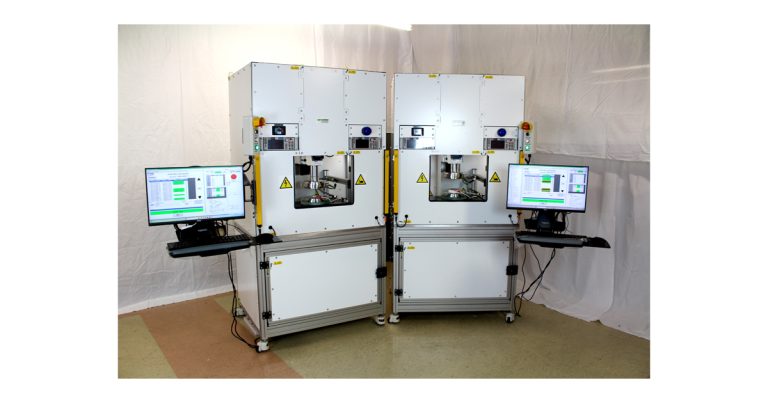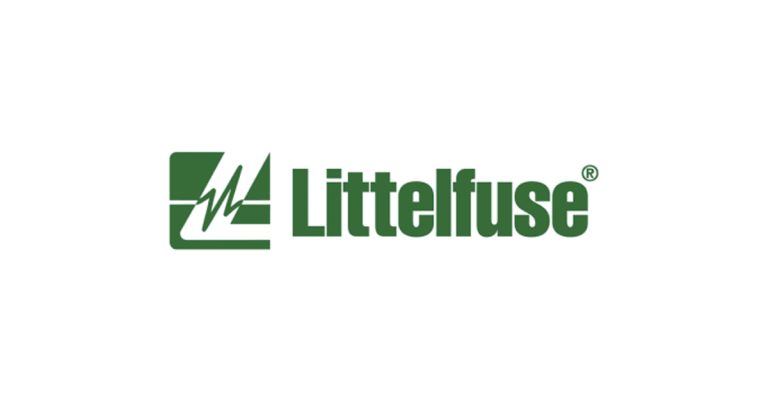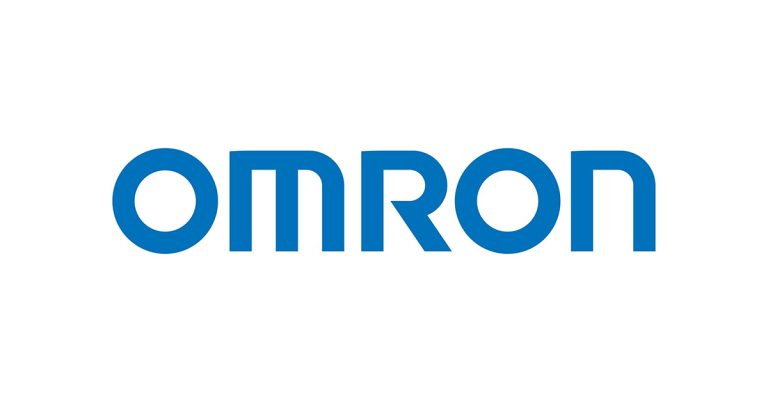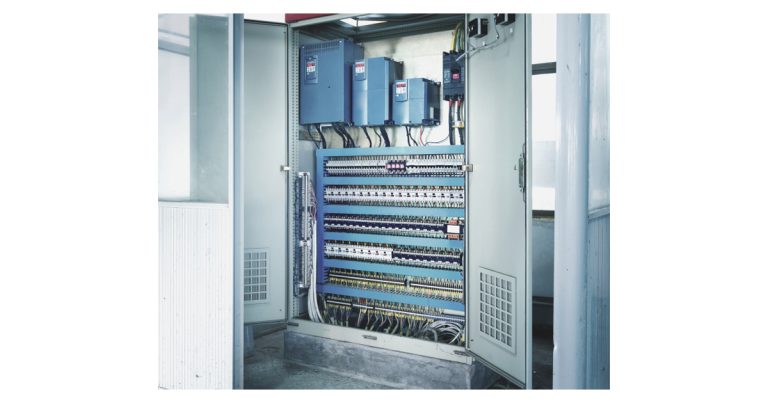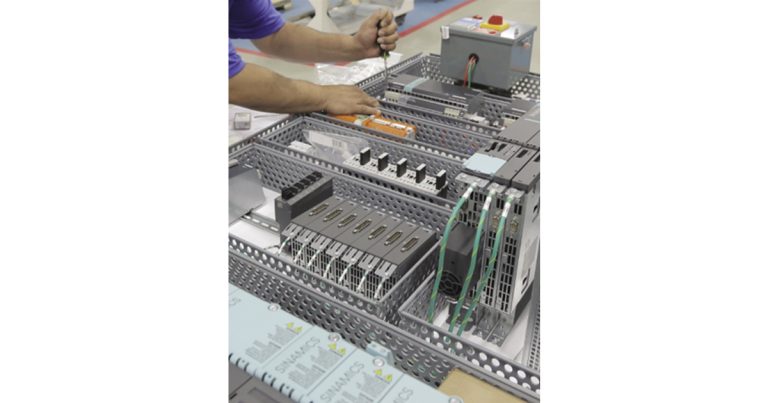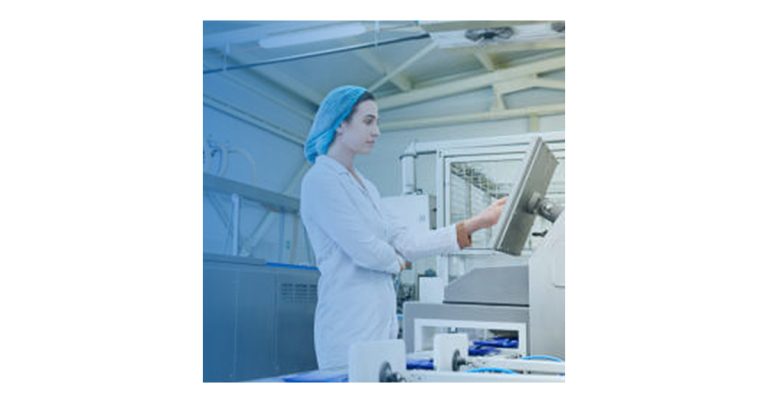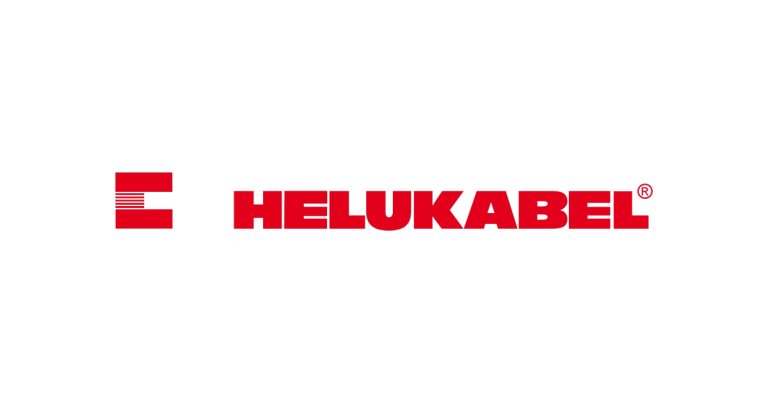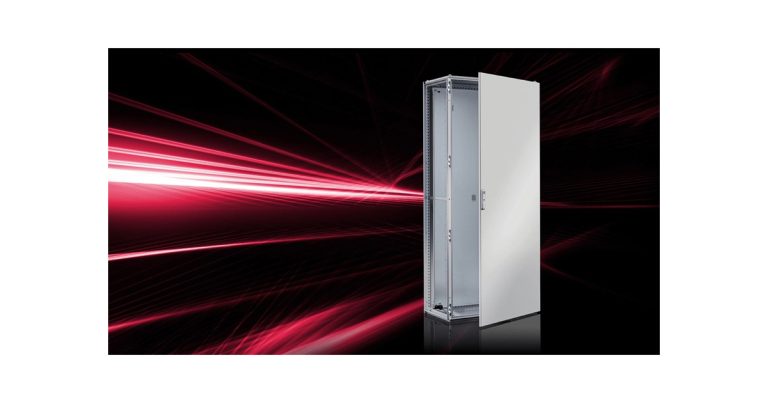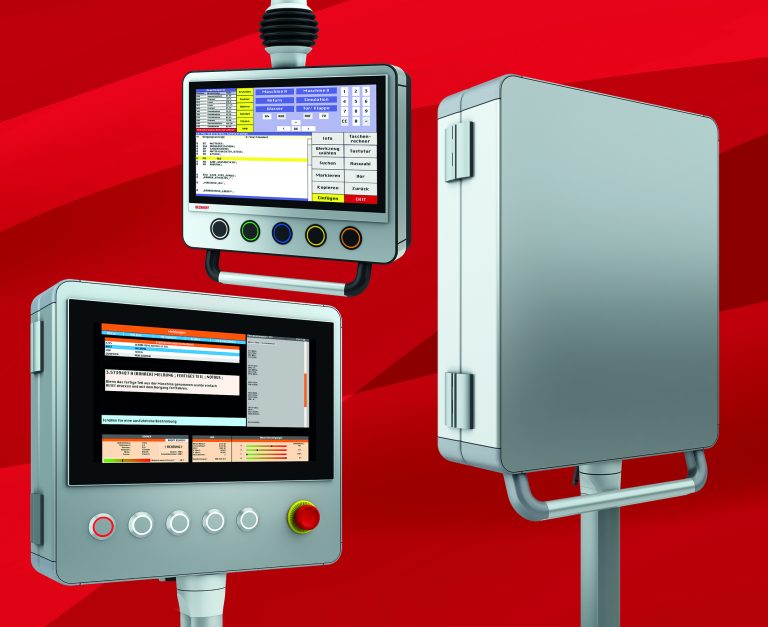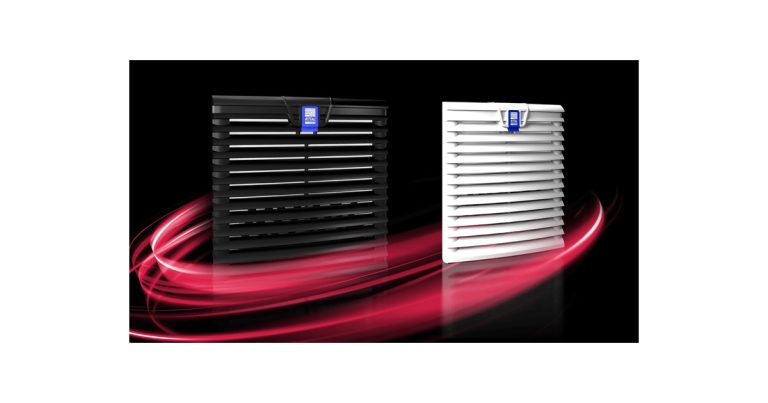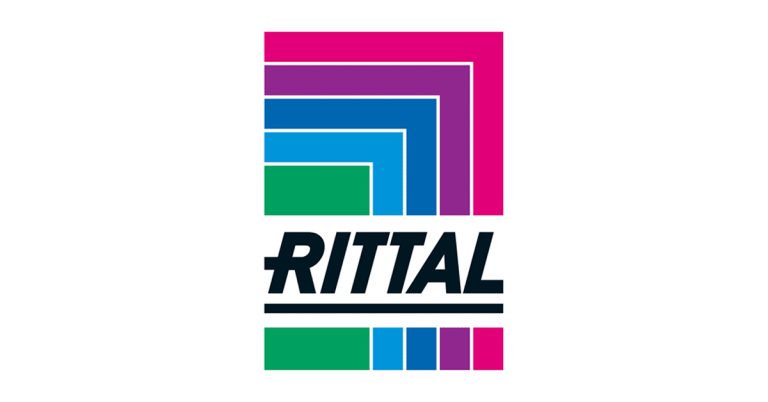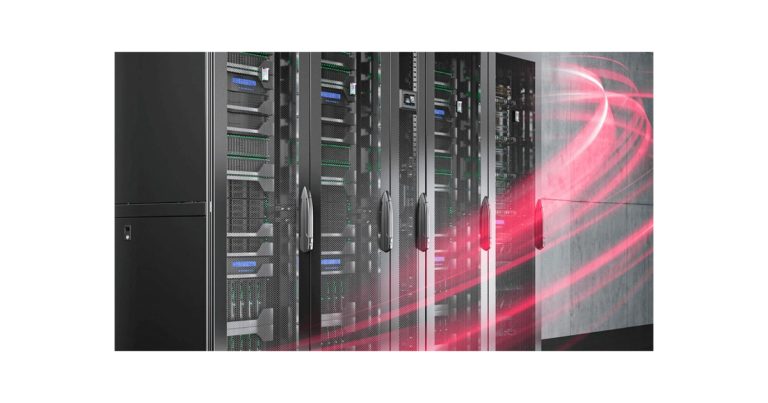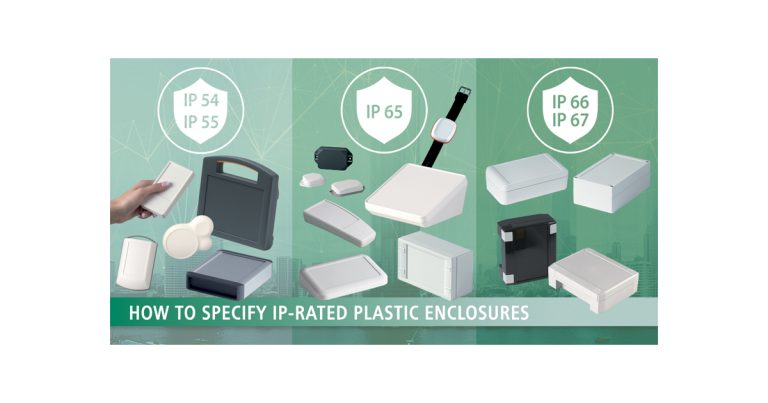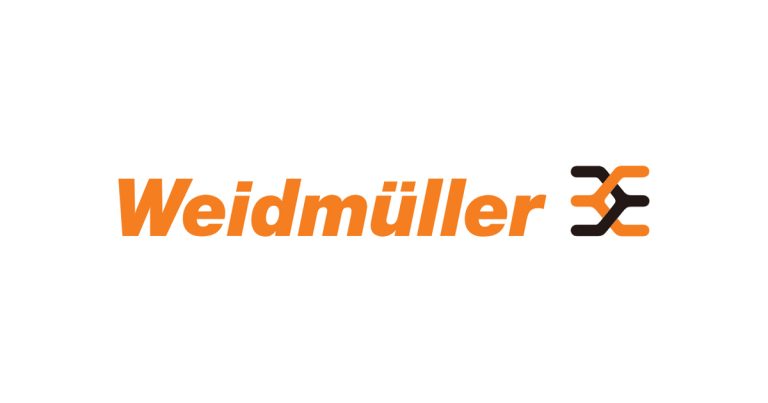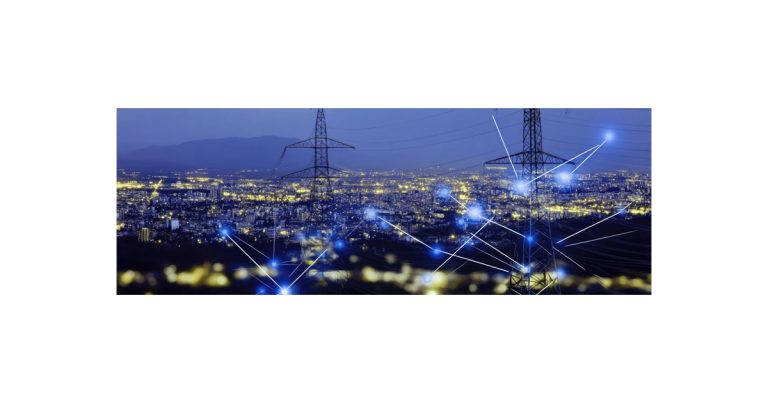Rethinking the DIY Approach to Automated Test Equipment Design
In an industrial setting, developing Automated Test Equipment (ATE) in-house is often approached as a DIY (Do-It-Yourself) project involving the ambitious task of constructing a critical support system using internal engineering resources. Automated Test Equipment (ATE) systems serve the critical purpose of ensuring that electronic devices operate according to specifications in the field. The aerospace and defense sectors make substantial investments in ATE due to the criticality of lifesaving electronics utilized in military equipment such as aircraft, naval vessels, and ground vehicles, as well as in various systems like weapons, radar, and wireless communication.

